Press Releases

Synamedia’s VIVID Compression encoding and streaming technology supports BT Sport’s delivery of UK’s first live 8K sports broadcast to the home
Read more
Cgates goes live with Synamedia video network solutions to future-proof OTT growth
Read more
Ateliere Creative Technologies and Synamedia Partner to Bring Low Latency OTT Streaming and On-Demand Solutions to Market
Read more
Synamedia teams with the Howard NEXTGEN TV Broadcast Collaborative to deliver ATSC 3.0 to Washington, D.C.
Read more
Sangli powers ahead with Synamedia’s video solutions as it eyes expansion in India
Read more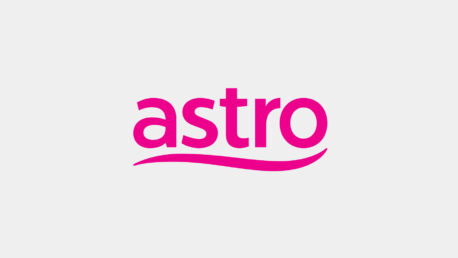
Astro debuts region’s first TV addressable advertising using Synamedia Iris
Read more
Synamedia OTT ServiceGuard slams the hammer down on piracy
Read more
Synamedia delivers industry first ‘zero compromise’ 8K encoding & streaming technology, powering fully optimized, high quality 8K video, with AMD EPYC™ processors
Read more
Axom goes live with Synamedia’s video processing solutions to add new channels and optimize bandwidth
Read more
Synamedia launches pre-integrated security and business solutions for Android TV
Read more
Fox Television Stations taps Synamedia for its Orlando ATSC 3.0 Rollout
Read more
Synamedia acquires ContentArmor to strengthen its video security portfolio with edge and 5G watermarking
Read more
Synamedia weighs in with Synamedia Gravity, making it easier for operators to launch advanced video and broadband services
Read more
Synamedia’s Video Network business accelerates to 57% growth in 2020 as it drives the industry transition to software and cloud
Read more
Synamedia Go unlocks value from platforms to boost subscriber loyalty
Read more
Sports video operators and rights owners can tap into a $28bn goldmine with Synamedia anti-piracy solutions
Read more
Synamedia Clarissa brings new clarity to video business decisions
Read more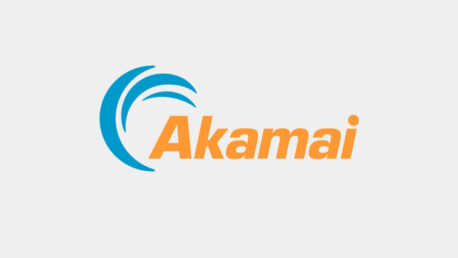
Synamedia partners with Akamai to speed pirate take downs
Read more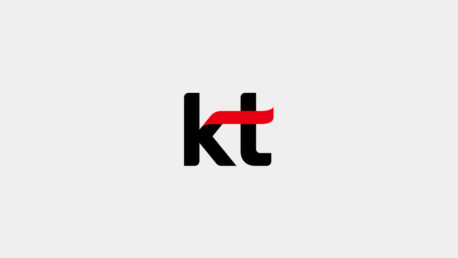
KT Corporation leaps ahead with Asia Pacific’s first virtualized headend
Read more
Telco veteran Jean-Francois Pigeon joins Synamedia as General Manager and SVP EMEA
Read more
Knockout blow for sports piracy requires incentives and deterrents, finds new Synamedia report
Read more
Synamedia appoints Paul Segre as CEO to spearhead next growth phase
Read more
Synamedia joins LOT Network to protect against patent trolls
Read more
Israel’s Yes Launches Smart TV Service with Next-Gen Experience Powered by 3SS
Read moreNews
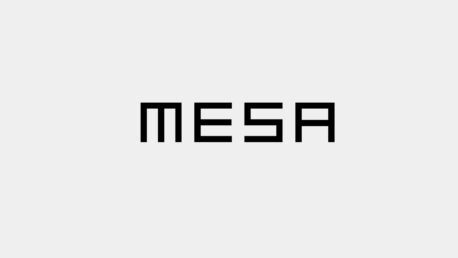
CPS 2021: IBM Security Talks Zero Trust, Synamedia Tackles Piracy Sites
Read more
Opinion | Which sports tempt fans to pirate streaming?
Read more
Astro, Synamedia debut TV addressable ads in SE Asia
Read more
Synamedia delivers addressable advertising for Astro
Read more
The Future of Sports: Simon Brydon of Synamedia On The New Emerging Technologies That Are Disrupting The World Of Sports
Read more
Synamedia Unveils OTT ServiceGuard To Protect Against NextGen OTT Piracy
Read more
Are pirates the ultimate super-aggregators?
Read more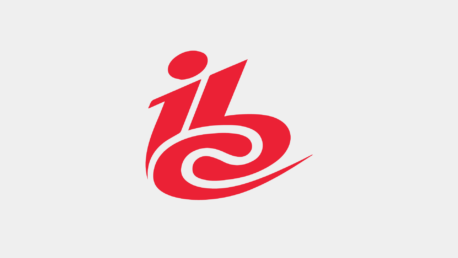
Synamedia launches pre-integrated security and business solutions for Android TV
Read more
Synamedia Pre-integrates Security and UX Services with Android TV
Read more
Synamedia acquires watermarking solutions company ContentArmor
Read more
Synamedia acquires ContentArmor
Read more
Synamedia buys ContentArmor for forensic watermarking tech
Read more
Synamedia takes security to the edge with ContentArmor buy
Read more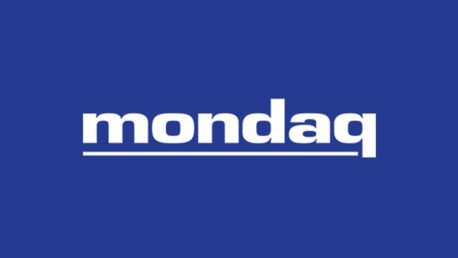
Online Piracy Of Live Sport Events: EU Parliament’s New Regime
Read more
The impact of the ever-shifting edge
Read more
An interview with Ismat Levin, Senior Vice President, Commercial and Group General Counsel at Synamedia
Read more
NextGen TV: The Expanding Universe of Tools to Deploy ATSC 3.0
Read more
Synamedia sparks managed RDK offering for service providers
Read more
SVG SportsTech On Demand: Synamedia’s Simon Brydon on Digital Piracy Occurring Above and Below the Surface
Read more
Comcast, Charter and more reflect on a year of pandemic
Read more
Navigating a Multi-Codec World
Read more
Showing the red card to streaming pirates? It pays to take a nuanced approach
Read more
How To Win Against Piracy In The Pandemic Era
Read more











